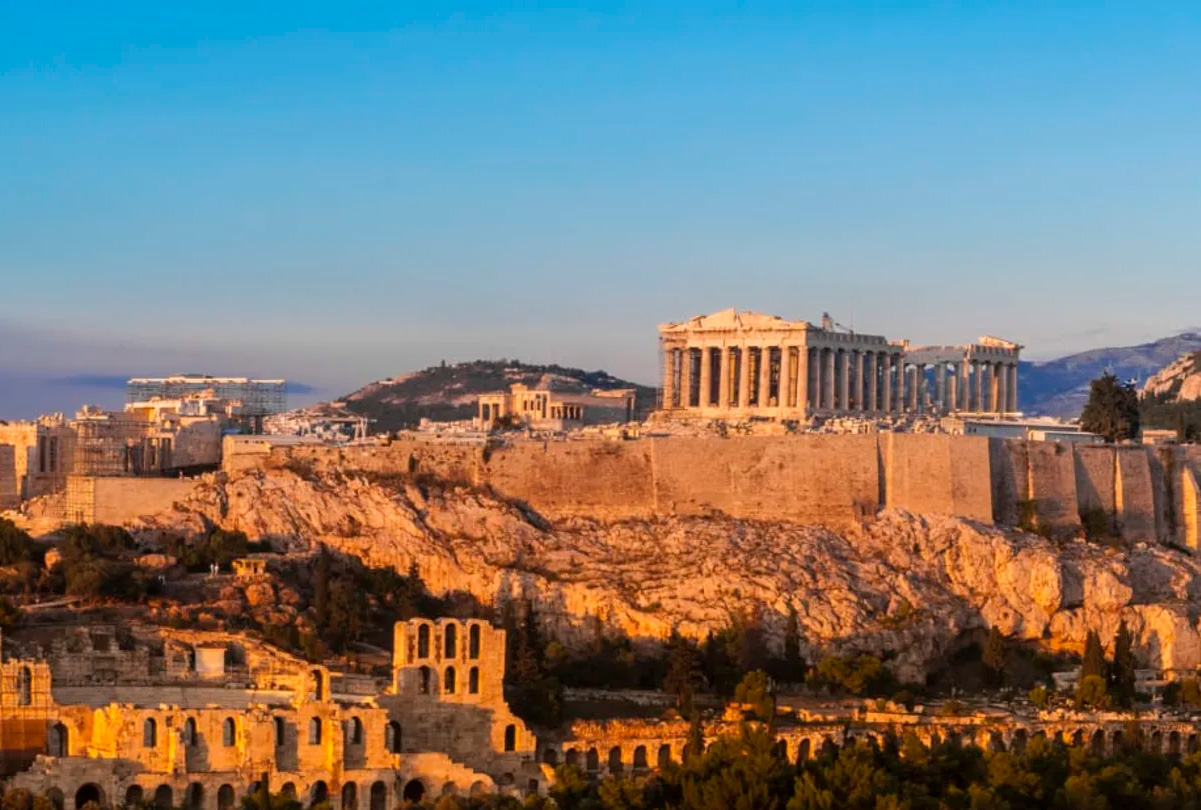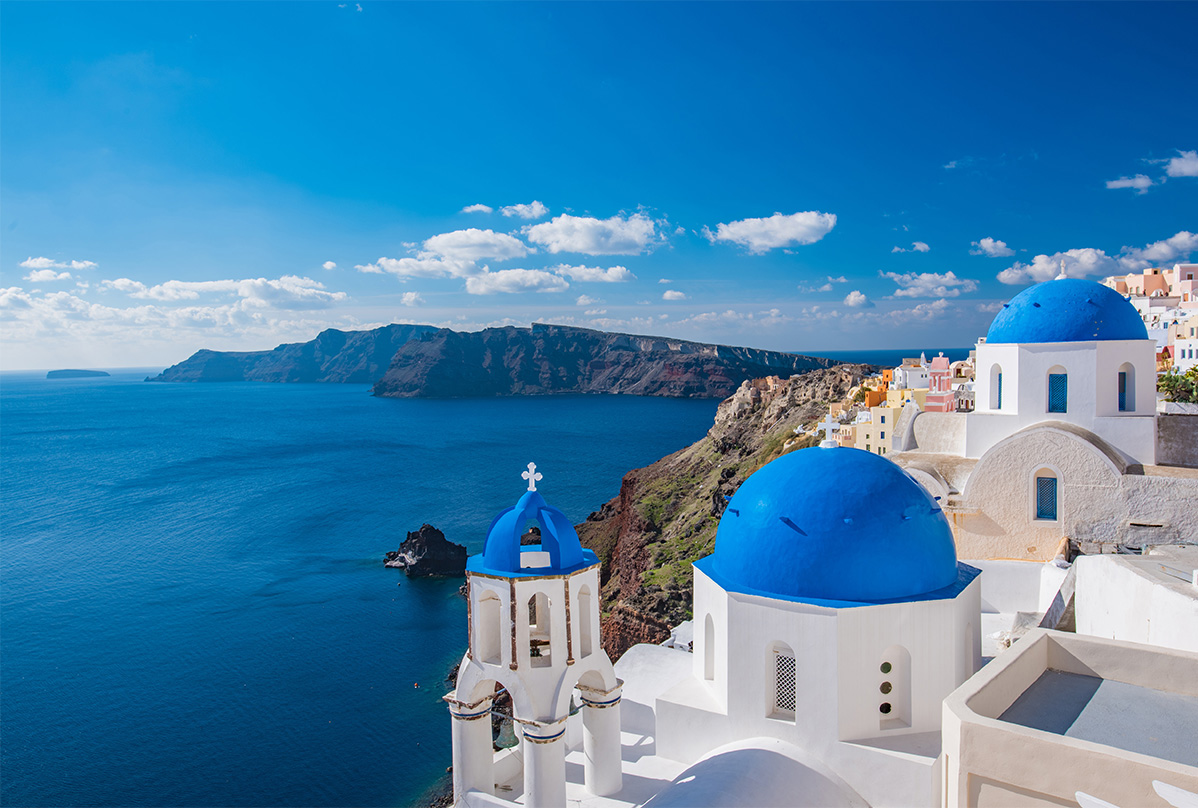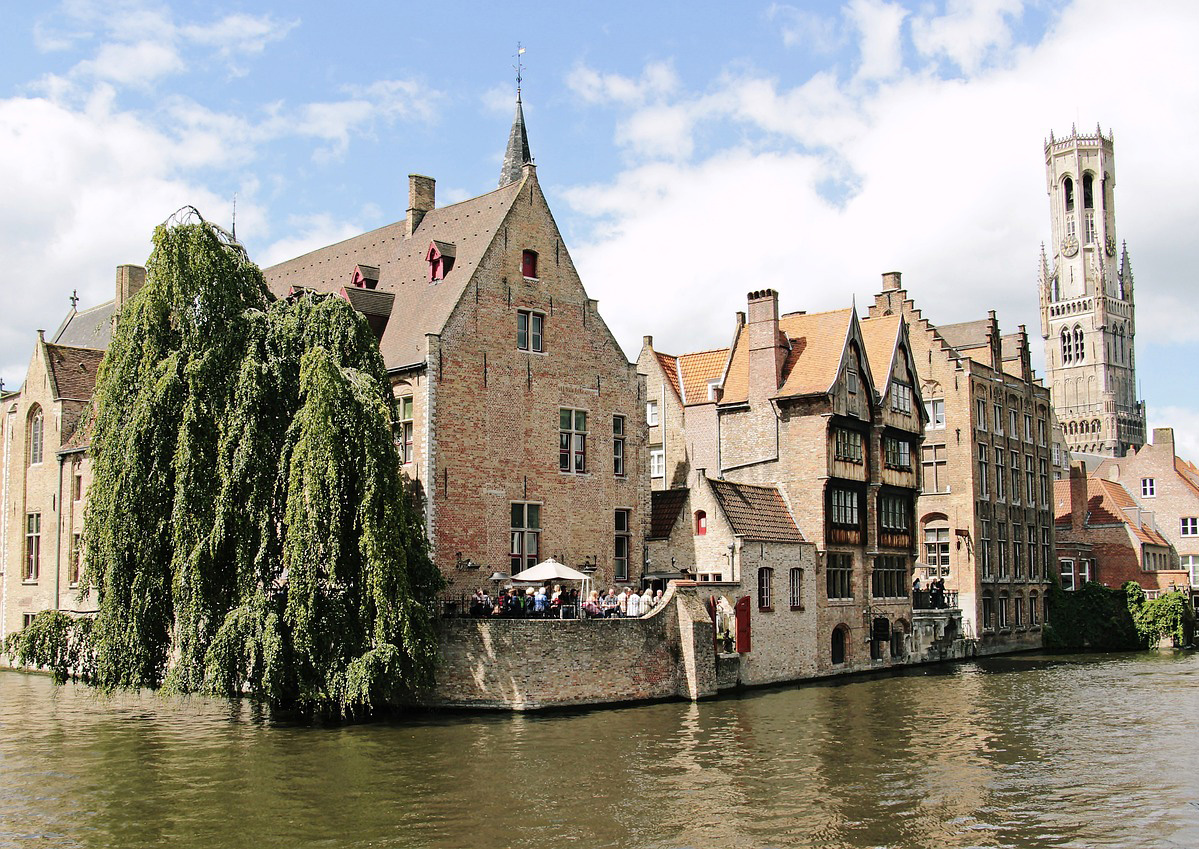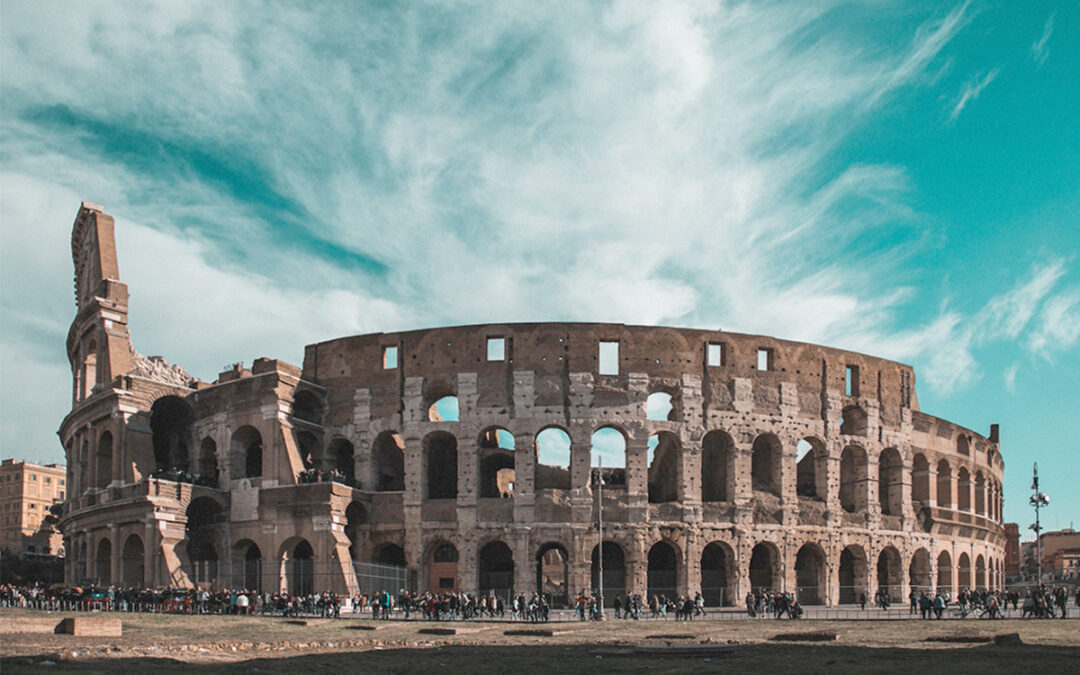Historically “The Grand Tour” of Europe was a cultural and educational journey undertaken by well-to-do young Englishmen from the 17th to the 19th centuries. It was considered an essential part of their education, particularly for those aspiring to become architects. The tour encompassed various countries in Europe, including Italy, France, Greece, and England, and provided an opportunity to study and appreciate the architectural masterpieces of antiquity and the Renaissance.
The origins of the Grand Tour can be traced back to the 17th century when it became fashionable for young gentlemen to embark on these educational journeys across Europe. The tour was seen as a rite of passage, allowing these young men to acquire knowledge, cultural refinement, and an appreciation for the arts. Architecture, in particular, played a significant role in shaping the itineraries and experiences of the travelers.
Italy, and especially Rome, was the focal point of the Grand Tour. The ruins of ancient Rome and the Renaissance buildings scattered throughout the city served as a living classroom for aspiring architects. Students would study the architectural elements and principles found in structures such as the Colosseum, the Pantheon, and the Forum, observing the grandeur of ancient Roman engineering and design. The Grand Tourists also visited other Italian cities renowned for their architectural treasures. Florence, with its wealth of Renaissance art and architecture, including the iconic dome of Brunelleschi’s Cathedral and the Uffizi Gallery, was a popular destination. Venice, known for its unique canal system and Gothic and Byzantine-influenced architecture, was another must-see city on the itinerary.
France was another significant stop on the Grand Tour. Paris, with its grand boulevards and the architectural marvels of the Louvre and Versailles, captivated the travelers. The French Baroque style, exemplified by the Palace of Versailles, left a lasting impression on the architects of the time.
Greece held a special allure for the Grand Tourists due to its association with classical antiquity. The ruins of Athens, including the Parthenon and the Temple of Hephaestus, were considered essential sites to visit. The architectural principles of ancient Greece, such as the use of the Doric, Ionic, and Corinthian orders, greatly influenced the Neoclassical movements that followed.

Acropolis – Athens, Greece
By the 20th century this European Tour tradition had been opened to a much wider swath of society. Following my graduation from Yale in 1985, I arranged to take the next three months off to travel around Europe, both with friends and on my own. Although I felt at the time I was “roughing it” I look back and realize that having the choice to not immediately take up a job and the ability to freely travel among more than a dozen European countries during a time of peace was a wonderful luxury.
I started in London, took the ferry to France as the Chunnel had not yet been built, visited Normandy and spent nearly a week in Paris and the surrounding countryside. I then made my way to Versailles and down to the Loire region seeing the ancient chateau and wine country. After that I went to the luxurious Cote D ’Azure, visiting Nice and Monaco to see how “the other half” live. Traveling with my enormous Pentax SLR camera (as compact digital cameras were but a dream) and 40 rolls of Kodak slide film, I carefully framed views of buildings and cultures with ancient histories. We continued on to Milan, Florence, Rome and Venice. To touch the Coliseum and ponder its more than two-thousand-year history in the eternal city was humbling.

Santorini, Greece
An overnight ferry to Athens meant the return to the very cradle of European civilization and the trek up to see the Parthenon atop the Acropolis was a true architectural pilgrimage very like the ones that young, aspiring architects had been undertaking for centuries. Another ferry to Santorini allowed us to take a short vacation in the middle our Grand Tour, and we staying in a hotel carved into the side of a steep cliff overlooking the remnants of an extinct volcano. After returning to Athens, I caught a student rate flight to Vienna, which was five hundred miles and a world away from Greece. Then on to Germany, The Netherlands, and Belgium. Each day of travel can be more memorable than a year in the “real world” of work. Each museum, building and café is vivid in the memory of the journey.

Bruges, Belgium
Then back to Great Britain to visit London, Oxford and Cambridge, where I had won a scholarship to attend to earn a Master’s degree the following year. Up to York, Edenborough and Glasgow and finally up to the barren beauty of the Scottish Highlands where my ancestors had once lived, probably never travelling further than forty or fifty miles from home. Finally, after three months of travel, back to London to fly home to the States and begin the job that I had arranged for the fall.
The impact of the Grand Tour on the architectural profession cannot be overstated, both historically and in my personal experience. The exposure to diverse architectural styles, historical contexts, and craftsmanship techniques greatly influenced the architects of the era and deeply influenced me. Many architects returned from their journeys with a wealth of knowledge and inspiration, which they incorporated into their own designs, thus contributing to the development of architectural styles such as Neoclassicism and the Picturesque movement and I hope that I still draw on my travels in my architectural work as well.
The legacy of “The Grand Tour” remains deeply embedded in the history of architecture, having shaped the minds and works of generations of architects and travels to other countries to see their diverse and wonderful architecture continues to inspire young architects to this very day and hopefully far into the future as well!
Ross Cann, RA, AIA, LEED AP, is an author, historian, and practicing architect living and working in Newport, RI. He holds degrees with honor in Architecture from Yale, Cambridge, and Columbia Universities.
